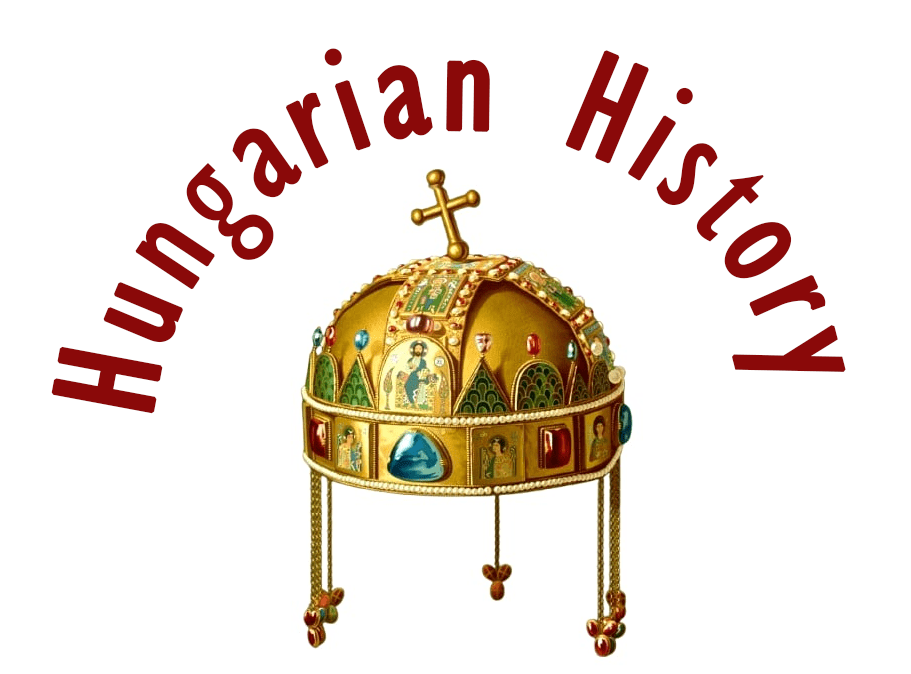
Lajtapordány is located in Austria, now called Leithaprodersdorf, but it was once part of Hungary. It was inhabited already in the Stone Age. It was occupied by Celts, and after the Roman conquest, according to Roman tomb inscriptions, by a mixed Roman and Celtic population in the 1st-3rd centuries. Later, the Avars had an important settlement in the area, and after the conquest, the Hungarian border guards secured the Hungarian border.
Location: https://tinyurl.com/7npf278b

The castrum of Lajtapordány was first mentioned in 1232 as Castrum Pordan. It was then owned by Péter, son of Móric of the Gutkeled family. The castle was built on the foundations of a Roman burgus in the early 1200s and controlled the crossing of the Lajta River. The castle became a Hungarian royal castle sometime before 1273, because the family had lost their estates through the crime of infidelity.

Its destruction occurred during the 1273 campaign of the Bohemian King Ottokar II, and there is no record of it being rebuilt. From 1285, the settlement belonged to the Cistercians and later to the manor of the castle of Szarvkő.

In 1375 it was known as “spiculatores (regis) de Pordan” [Royal Guards’ Pordány], and in 1395 as “Ewrpordan” [Őrpordány]. At that time, the settlement was inhabited by border guards. The Turkish armies destroyed the whole village in 1529, 1532, and 1683. Then it was rebuilt.

The area of the castle is slightly oval according to the 1956 survey. It has an east-west diameter of 180 metres and a north-south diameter of 160 metres. In the centre of the castle site is an approximately oval/rectangular, slightly elevated area 60-70 m in diameter. The central plateau of the fortress was surrounded by three ditches (graben) and three ramparts (wall), according to the observations of that time.

In 1998, archaeologists found the foundations of a tower in the centre of the castle. They cut through the edge of the plateau and found the remains of a double wall. The ground plan of the castle was also modified, showing only a double ditch system.
Source: Szöllösi Gábor http://www.varlexikon.hu

Dear Readers, I can only make this content available through small donations or by selling my books or T-shirts.
Please, support me with a coffee here: https://www.buymeacoffee.com/duhoxoxa
You can check out my books on Amazon or Draft2Digital. They are available in hardcover, paperback, or ebook:
https://www.amazon.com/dp/198020490X or at https://books2read.com/b/boYd81

My work can also be followed and supported on Patreon: Become a Patron!http://Become a Patron!
Become a Patron! Donations can be sent by PayPal, too: https://tinyurl.com/yknsvbk7


https://hungarianottomanwars.myspreadshop.com/all
Subscribe to my newsletter here: https://tinyurl.com/4jdjbfkn
Here are more pictures of Lajtapordány:

















